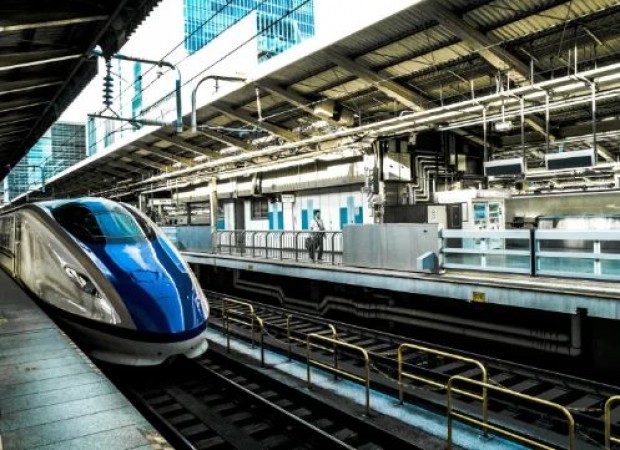
In today's rapidly advancing world of transportation, bullet trains have emerged as one of the most efficient and sought-after modes of travel. Offering unparalleled speed and comfort, these marvels of engineering represent a significant investment for governments and transportation companies alike. But what exactly goes into the cost of one compartment of a bullet train? Let's delve into the intricacies to uncover the factors contributing to this expense.
Before dissecting the cost, it's essential to grasp the technology behind bullet trains. These high-speed trains utilize advanced engineering principles to achieve remarkable speeds, often exceeding 300 kilometers per hour (186 miles per hour). Key components include aerodynamic designs, powerful electric motors, sophisticated braking systems, and advanced track infrastructure. Each of these elements plays a vital role in ensuring safety, efficiency, and comfort for passengers.
The development of a bullet train compartment involves extensive engineering and design work. Engineers must carefully consider factors such as aerodynamics, structural integrity, passenger comfort, and accessibility. This phase requires significant expertise and resources, contributing substantially to the overall cost.
The materials used in constructing a bullet train compartment must meet stringent standards for safety, durability, and performance. High-quality alloys, composites, and other specialized materials are often employed to achieve the necessary strength-to-weight ratios and resistance to wear and tear. Additionally, the construction process itself involves precision manufacturing techniques and rigorous quality control measures, all of which add to the cost.
Bullet trains incorporate cutting-edge technology to optimize performance and efficiency. From state-of-the-art propulsion systems to advanced onboard amenities, each technological innovation comes with its own research, development, and implementation costs. Furthermore, ongoing investments in technology are necessary to keep pace with evolving standards and expectations.
Ensuring the safety of passengers and crew is paramount in the design and operation of bullet trains. Meeting rigorous safety standards and regulatory requirements necessitates thorough testing, certification, and compliance measures. Investments in safety technologies, emergency systems, and risk mitigation strategies are integral to the overall cost of each compartment.
Beyond the initial construction phase, bullet trains entail ongoing operational expenses, including maintenance, energy consumption, personnel salaries, and administrative costs. These expenses are spread across the lifespan of the train and must be factored into the overall cost calculations. While the cost of one compartment of a bullet train may vary depending on factors such as design specifications, technological features, and market conditions, it undoubtedly represents a significant investment. From engineering and construction to ongoing operation and maintenance, numerous factors contribute to the final price tag. Nevertheless, the benefits of high-speed rail travel, including reduced travel times, environmental sustainability, and enhanced connectivity, often justify these expenditures. In conclusion, the cost of one compartment of a bullet train reflects not only the tangible materials and labor involved but also the intangible value of innovation, efficiency, and progress in the realm of transportation.
Pay Attention to Burning Sensation in the Stomach and Chest, Else Discomfort May Increase
Women Should Definitely Follow These Personal Hygiene Tips
Make Sure to Consume These 5 Things Even on an Empty Stomach, Otherwise, Heavy Loss May Occur